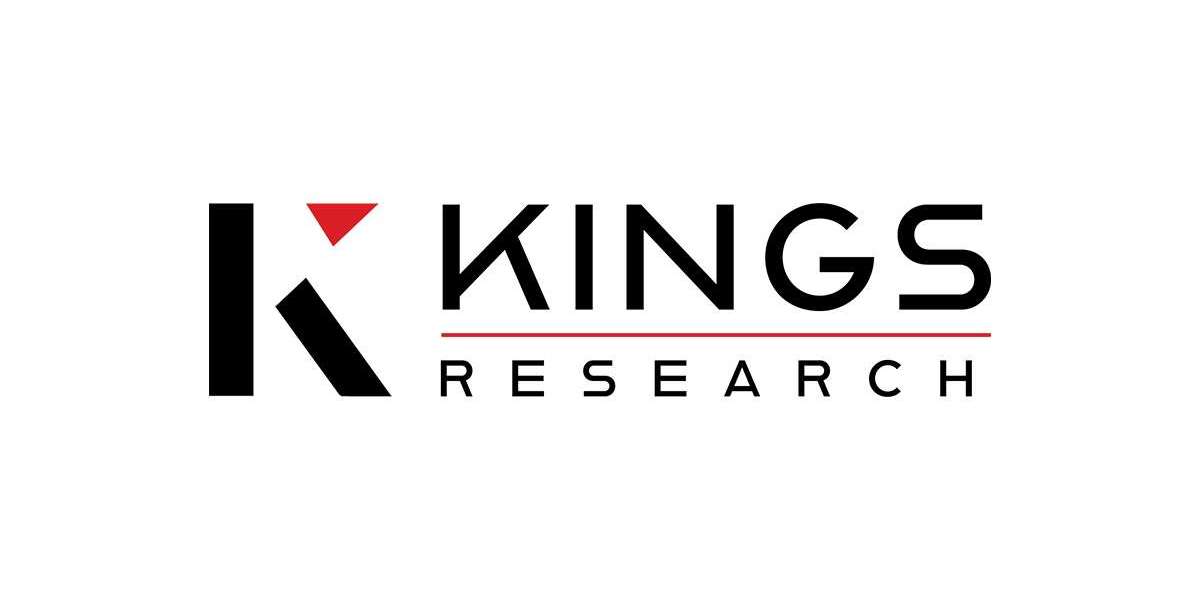What is Flutter?
- Introduction to Flutter and its purpose.
- Explanation of Flutter's architecture and how it works.
- Comparison between Flutter and other popular frameworks like React Native.
Key Features and Advantages of Flutter:
- Hot Reload: Flutter's live coding feature that allows developers to instantly see changes in the app.
- Single Codebase: Building apps for multiple platforms (iOS, Android, and more) using a single codebase.
- Beautiful UIs: Flutter's rich set of pre-designed widgets and customizable UI components.
- Performance: Flutter's Dart language and rendering engine contribute to high-performance app experiences.
- Native-like Experience: Flutter's widgets follow the platform's design guidelines, resulting in a native look and feel.
Flutter App Development Process:
- Setting up the development environment for Flutter.
- Understanding the Flutter SDK, Dart programming language, and Flutter's widget system.
- Exploring the Flutter ecosystem, including IDEs, libraries, and tools.
- Creating a Flutter project and understanding the project structure.
UI Design and Development in Flutter:
- Introduction to Flutter widgets and how to use them to build user interfaces.
- Styling and theming in Flutter to create visually appealing app designs.
- Handling user input, gestures, and animations in Flutter apps.
- Creating responsive and adaptive UI layouts using Flutter's flexible widgets.
State Management in Flutter:
- Understanding the importance of state management in app development.
- Overview of various state management approaches in Flutter, including Provider, Redux, and MobX.
- Implementing state management patterns to handle complex app states.
Flutter and Backend Integration:
- Communicating with APIs and fetching data using Flutter's networking libraries.
- Integrating Firebase or other backend services for authentication, storage, and real-time data updates.
- Handling data serialization and deserialization in Flutter apps.
Testing and Debugging in Flutter:
- Overview of Flutter's testing capabilities, including unit testing and widget testing.
- Debugging techniques and tools available in Flutter for identifying and resolving issues.
Deploying and Publishing Flutter Apps:
- Preparing the Flutter app for release and generating platform-specific build artifacts.
- Understanding the deployment process for both iOS and Android platforms.
- Tips for optimizing app performance and reducing app size.
Real-World Examples and Success Stories:
- Showcase of popular apps built with Flutter and their success stories.
- Highlighting Flutter's versatility across various industries, including e-commerce, finance, social media, and more.
Hire Best Flutter Mobile App Development Services Company USA








